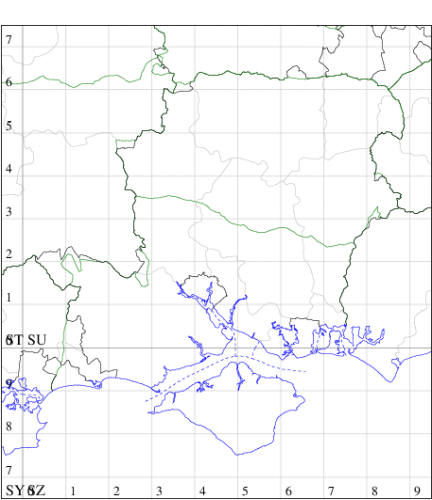Black-spotted Chestnut
Conistra rubiginosa
Checklist Number73.196 [B&F: 2259a]
Verification
Record will require further evidence, at least a good photograph, unless CMR is aware recorder has confidence in identification
Like its congeners - The Chestnut C. vaccinii and Dark Chestnut C. ligula - C. rubiginosa occurs in urban and suburban environments such as woodlands, parks and gardens and over-winter as adults. It also has fairly catholic tastes in larval food plants, including trees and shrubs such as hawthorn, rose, sallow, oak, gorse, maple, etc. In appearance, C. rubiginosa could potentially be confused with The Chestnut, Dark Chestnut and Red-headed Chestnut C. erythrocephela but typically shows a distinctive black crescent-shaped orbicular stigma; however, this can be completely black or totally lacking in some individuals. The reniform stigma also shows a distinctive black paw-print, like in Red-headed Chestnut, but that species would not show the black crescent-shaped orbicular stigma.
On the continent the number of records increased greatly from 2005, and its distribution extended rapidly northward and westward, leading to the first British record in 2011. Elsewhere in Europe its distribution is extensive, ranging from Spain and France across the northern Mediterranean, northwards towards Denmark and southern Scandinavia eastwards towards the Ural Mountains.

